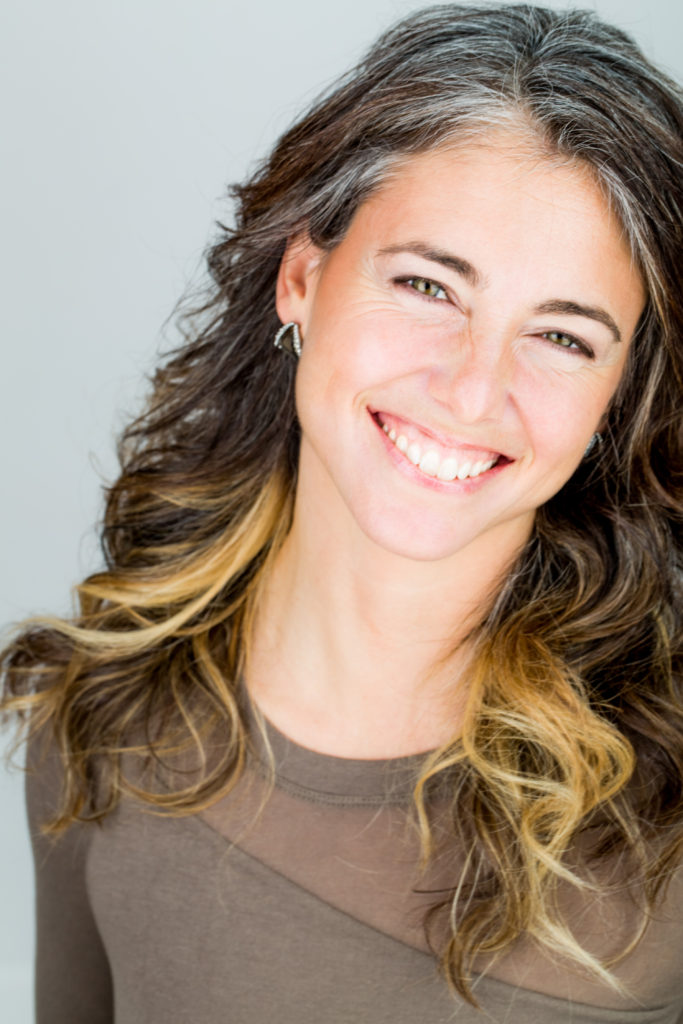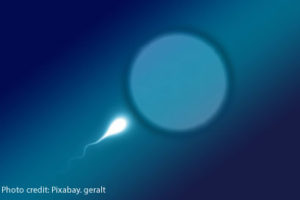Spring Issue Articles
 In Spring 2019 Issue
In Spring 2019 Issue
Writing about the phenomenological story of embryos, fetuses, and birthing and new babies is nothing shy of provocative. How can sojourning over the minute and magical terrain of early consciousness and our soul bodies not touch on autobiography?
Early in the writing of the first draft of It’s Never Too Late: Healing Prebirth and Birth At Any Age, I discovered there were steps, especially in the embryo’s story, that even after studying, I had difficulty envisioning. At the time I wondered, could I leave these hard to reach, yet essential steps out of my written examination? Would anyone besides experienced embryologists and biodynamic craniosacral therapy teachers notice? It didn’t take long to come clean with myself, that if I skipped intricate steps in my understanding, I would only further reinforce what was at the root of my amnesia, and that in order to be whole myself, I had to find out what was going on.
I decided the best way to explore was to write, and if an unsavoury feeling arose, I would see what it was about. If you’ve ever written a long piece yourself, you’ll know that unsavoury feeling comes up with some frequency, and you’ll understand why I was unexpectedly busy! To be clear, the types of feelings I was looking to explore were of the dissociative nature and accompanied by an urge not- to-know.
It didn’t take long to notice that what made me turn away from some of my book’s content were my not-yet-examined prenatal and birth traumas. If I was writing about a stage that confronted a not-yet-empathized-with stage of my own development, I’d want to avoid writing about it. How could I write with love and generosity about a stage of life that I had not yet satisfactorily completed or grieved? How could I speak of the true nature of implantation, when an embryo first comes into relationship with her or his mothers’ endometrial wall, if I had had a challenging implantation myself? Where would I find words for an experience I had not embodied? The same was true of attachment after birth. I knew what ideal attachment looked like, but until I could experience it in my own body, and in relationship to a trusted other, how could I write from an inside knowing?
of my own development, I’d want to avoid writing about it. How could I write with love and generosity about a stage of life that I had not yet satisfactorily completed or grieved? How could I speak of the true nature of implantation, when an embryo first comes into relationship with her or his mothers’ endometrial wall, if I had had a challenging implantation myself? Where would I find words for an experience I had not embodied? The same was true of attachment after birth. I knew what ideal attachment looked like, but until I could experience it in my own body, and in relationship to a trusted other, how could I write from an inside knowing?
The time between the first draft and the day of the book’s release was about twelve years. Not every one of them was spent writing this book full-time, nor healing my prebirth and birth full-time. I did write a different book and I engaged in community building and worked in my private practice. I got married, and you know, I lived my life. Living built my capacity. And in the years when I did work on the book, I learned from it by being confronted by it. The more I wrote, the more I healed, the more I healed, the more I embodied an accuracy and care towards my subject and my readers.
There are developmental steps from preconception through to the first year of life that I have yet to embody, so I know the journey doesn’t end here. I anticipate that I will continue to grow more deeply into my embryo, my fetus, and my birthing and infant self. I hope it’s so, because every time I’m reintroduced to a place that still feels alone and hurt, I get to experience a profound reunion with my soul. The path of remembering affirms that it is never too late to heal.
Mia Kalef is a therapist, author, and ceremonialist, dedicated to seeing the soul of things. She practiced as a chiropractor for eighteen years and has been a craniosacral therapist for twenty-five years. She mentors health professionals in bringing prebirth and birth awareness into their work and gives divinations in the tradition of the Dagara people of west and central Africa. She lives on an island in the North Pacific with her husband Bruce, and works locally and internationally serving humanity’s intersection with the subtle world. www.miakalef.com







